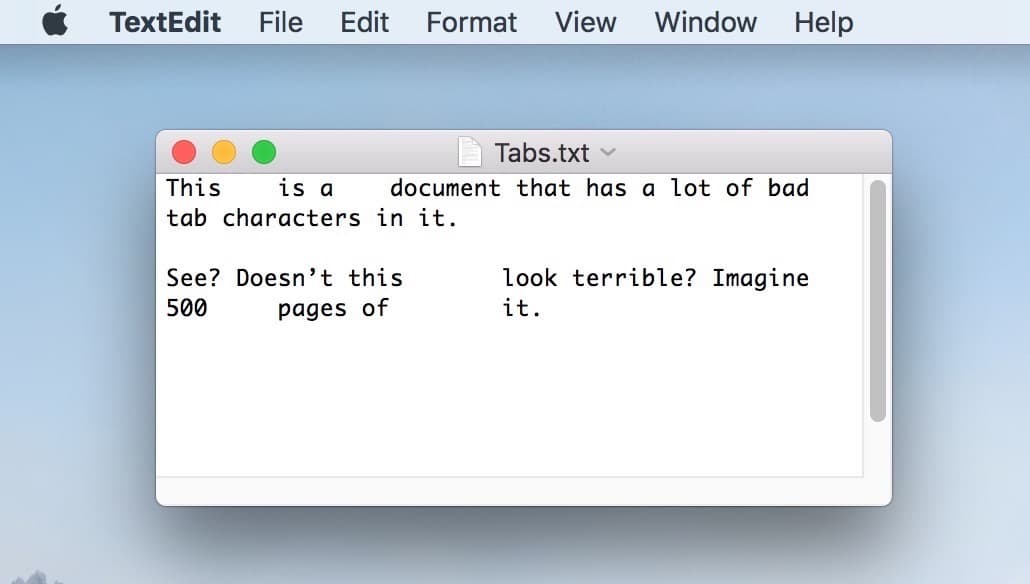

It is equivalent to the command $ cat test.txt | cut -b 1 5. This command will display only the first bytes of each of the five rows inside the file test.txt. Cut Only a Single Byte from the Text file $ cut -b 1 test.txt Providing byte ranges that are outside of the string’s occupation will result in a message showing “cut: invalid byte or character range”.

The above command will cut the byte range 1-12 from the given string and print out “cutting text” on the standard output. Cut Range of Bytes from the Input Stream $ echo "cutting text from input" | cut -b 1-12 Try it out with some different byte positions. This command will only cut the first and third byte of the string “cutting text from input” and will display “ ct” as its output. Cut Specific Bytes from the Input Stream $ echo "cutting text from input" | cut -b 1,3 The cut command will cut just the first byte( c) from this string as only 1 was provided with the -b flag.Ģ. The above command echoes the string “cutting text from input” to the standard output and pipes it as an input to the cut command. Cut Only a Single Byte from the Input Stream $ echo "cutting text from input" | cut -b 1 We need to use the cut command with the flag -b followed by the byte numbers for this purpose. The b option provided by the cut utility allows us to cut sections of a text-based on their byte positions. The same method can be used for providing cut’s input from cat. To cut text from the input stream, we’ll use the echo command and pipe (|) its output to the cut command. We’ll also show how cut works with the standard input stream. The OPTIONs include b for (byte-based cutting), f (field), c (character), d (delimiter), complement, and –output-delimiter. The Linux cut command has the below syntax.

Japan: Tokyo: Yen: 126 million Syntax of the Cut Command in Unix Create this file in your system and fill that up with the contents below. Each row includes the name of a country, her capital, currency, and population all separated by the delimiter colon. The file contains five rows or lines all containing four columns. We’re using a text file called test.txt residing in the home directory. Reference File Used for Demonstration Purposes You can copy-paste the contents of the file from here and create it in your system. We’ll demonstrate these Linux Cut commands using both the standard input and a reference file. We encourage readers to try out the commands as they explore them. Additionally, it will serve as a handy reference point for seasoned users alike. Our experts have tried their best to make this guide friendly to new Linux users. Try them out alongside reading this post for gaining first-hand experience. Our guide provides a practical introduction to the Linux cut command using a well-curated set of examples.

The cut command in Unix allows cutting of sections based on byte positions, characters, or fields separated by a delimiter like the ‘-‘ or ‘:’ characters. It is part of the GNU Coreutils package and the BSD Base System, hence, available on every Linux and BSD systems by default. The cut command is used for cutting out sections of the standard input stream or data files utilizing the Unix cut utility.


 0 kommentar(er)
0 kommentar(er)
